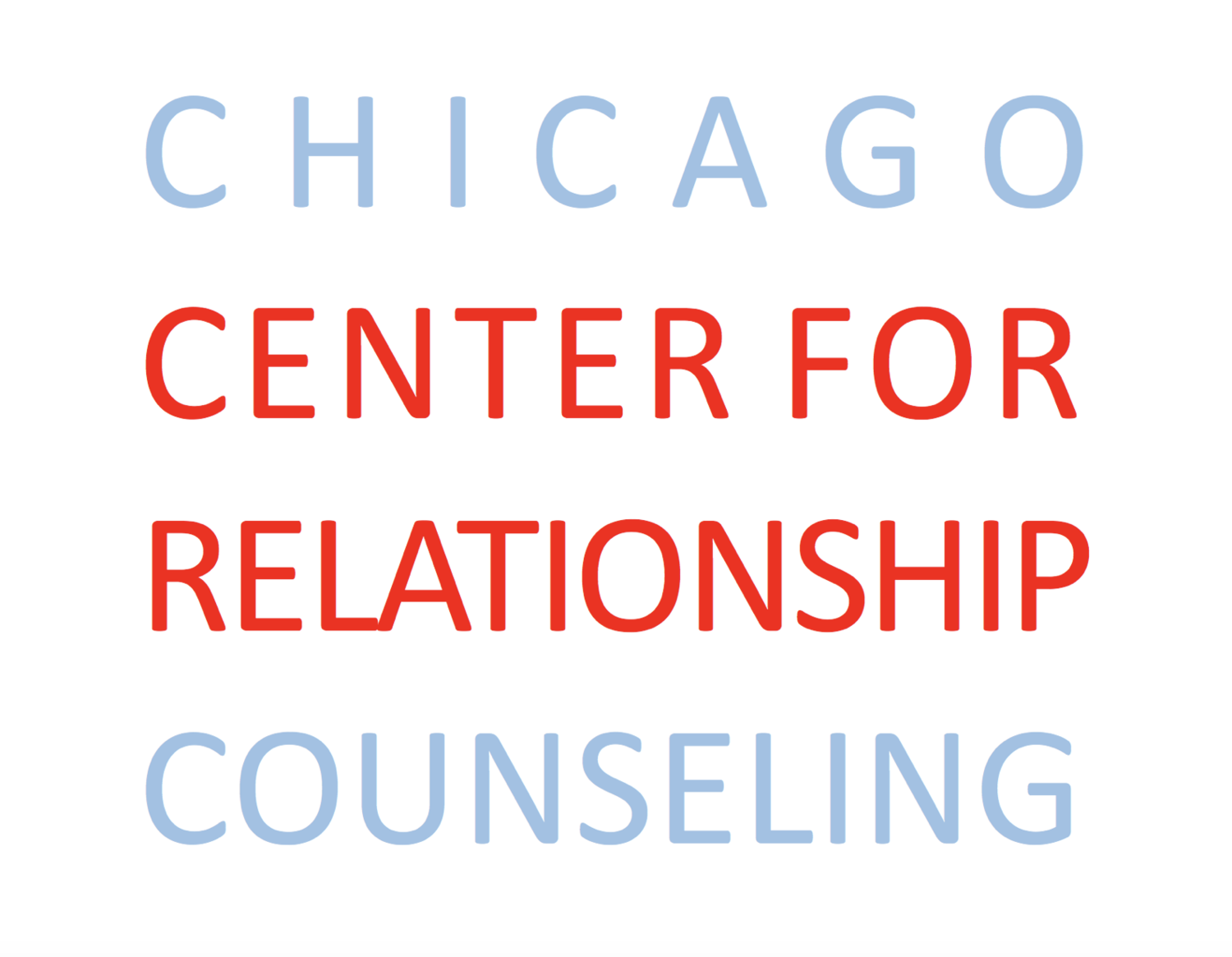Keys to Effective Communication
Very often we find that it is very difficult for individuals to effectively communicate in relationships. Effective communication is important in problem solving, conflict resolution, for positive working and personal relationships, and in reducing the stresses associated with interpersonal interactions.
Communication Tips
Open the door to two-way conversation. Encourage questions. Ask questions.
Consider the sender/receiver’s communications strengths and weaknesses, and communicate in the manner that is best accepted by the sender/receiver.
Paraphrase what you heard back to the speaker, to ensure you have a common understanding.
Don’t be thrown off course by words that affect you emotionally. Continue to listen even when the urge is to start debate.
Communicate to be understood. Many people communicate to impress – not express. Use short words that communicate clearly and concretely; present one idea, at the most two ideas, in one sentence. Avoid jargon. Use strong verbs. Avoid passive voice as much as possible.
Be open to feedback.
Be an active listener.
Active Listening Tips
Listen with purpose. Ask yourself “What worthwhile idea is being expressed?”… “ What is being said that I can use?”
Judge content not delivery. Look beyond the speaker’s delivery and concentrate on what is being said. ß Keep your emotions in check. Avoid becoming over stimulated by what the speaker says. Avoid allowing your own biases or values to detract from the speaker’s message.
Listen for the main idea or central themes of the message.
Be flexible. Find a variety of ways to remember what you hear. Find a variety of note keeping techniques to help you remember.
Work at listening. Give your full attention to the speaker. Face the speaker. Use facial expressions that indicate you are following what the speaker is saying.
Resist distractions. Concentrate on what the speaker is saying. Stay focused on the situation at hand. ß Keep an open mind. Avoid developing blind spots regarding cherished convictions. When you hear “red-flag” words keep your emotions in check.
Capitalize on thought speed. Most of us talk about 120 words a minute. Our thinking speed is about 500 words a minute. Thus, there is a lot of time to spare while a person is speaking to us. Don’t let your mind wander and then dart back to the conversation. Use the spare time to your advantage by thinking about what is being said; try to anticipate the point; mentally summarize the point so far; mentally question any supporting points; look for nonverbal clues to the meaning.
Examples of Active Listening
Non-Verbal Communication
65% of the message is sent non-verbally. Become sensitive to non-verbal messages. Look for such things as body position and movement, gestures, facial expressions, eye contact, silence, use of space and time, etc.
Eye Contact- If you look someone in the eye, they pay more attention to what is being said.
Posture- Good posture is a sign of confidence and creates a sense of trust in your skills and abilities.
Gestures-Use only the body movements and gestures necessary to make your point. Excessive motions are distracting to the listener.
Expression-Your expressions sometimes say more than the words you speak. Try to smile and show interest when you speak.
Voice- Speak with a firm and assertive quality. This tone implies directness and honesty.
Avoid Communication Stoppers- Behaviors and phrases that often stop a person from communicating:
Ø ORDERING “Don’t talk like that.”
Ø WARNING “If you do that, you’ll be sorry.”
Ø MORALIZING “You ought/should….”
Ø ADVISING “I suggest that you…”
Ø REASON WITH “Let’s look at the facts.”
Ø DIAGNOSING “You feel that way because…”
Ø JUDGING “You are wrong about that.”
Ø NAME CALLING “You are acting like….”
Ø DISTRACTING “Let’s talk about something else.”
Ø INTERRUPTING “But what about…




